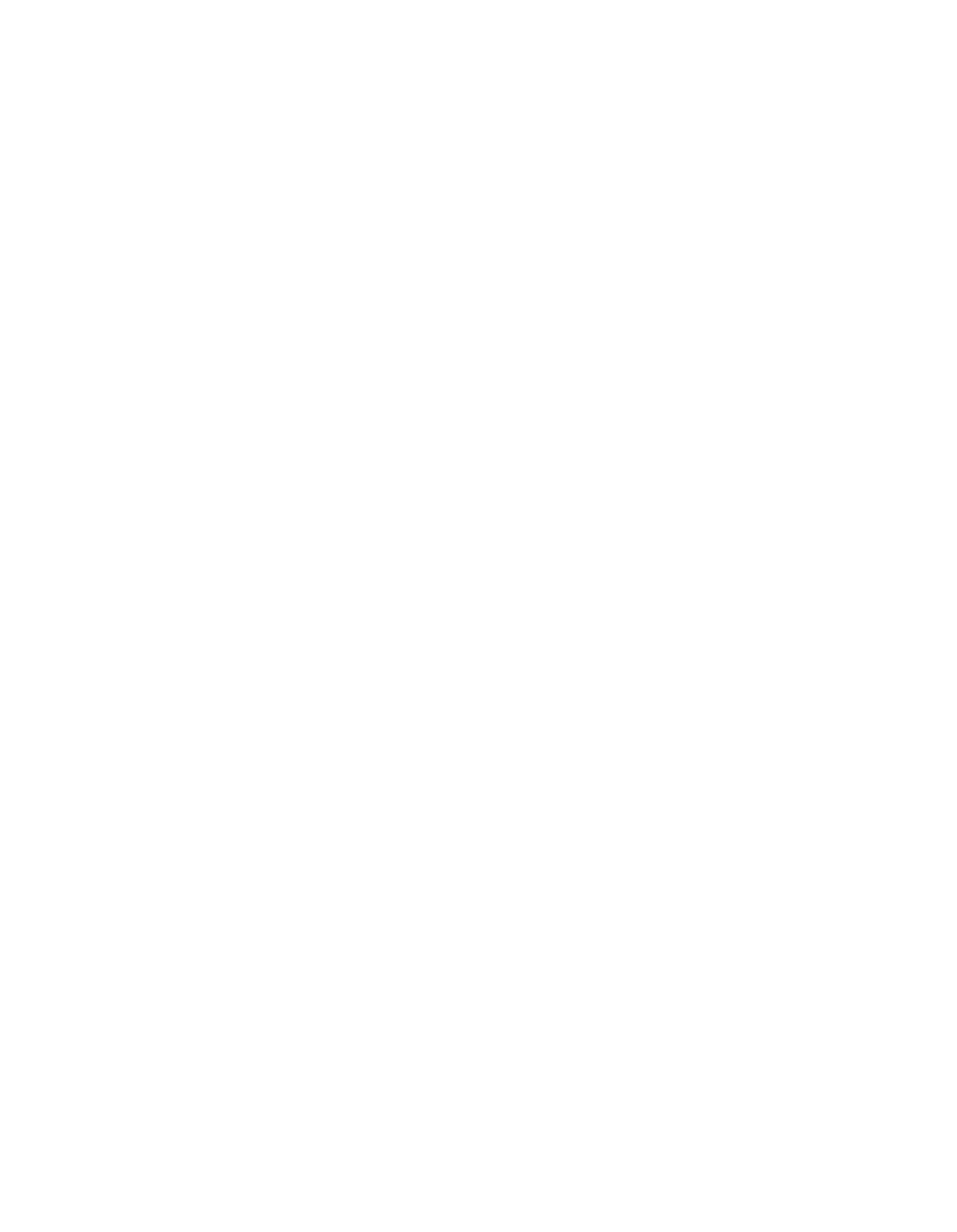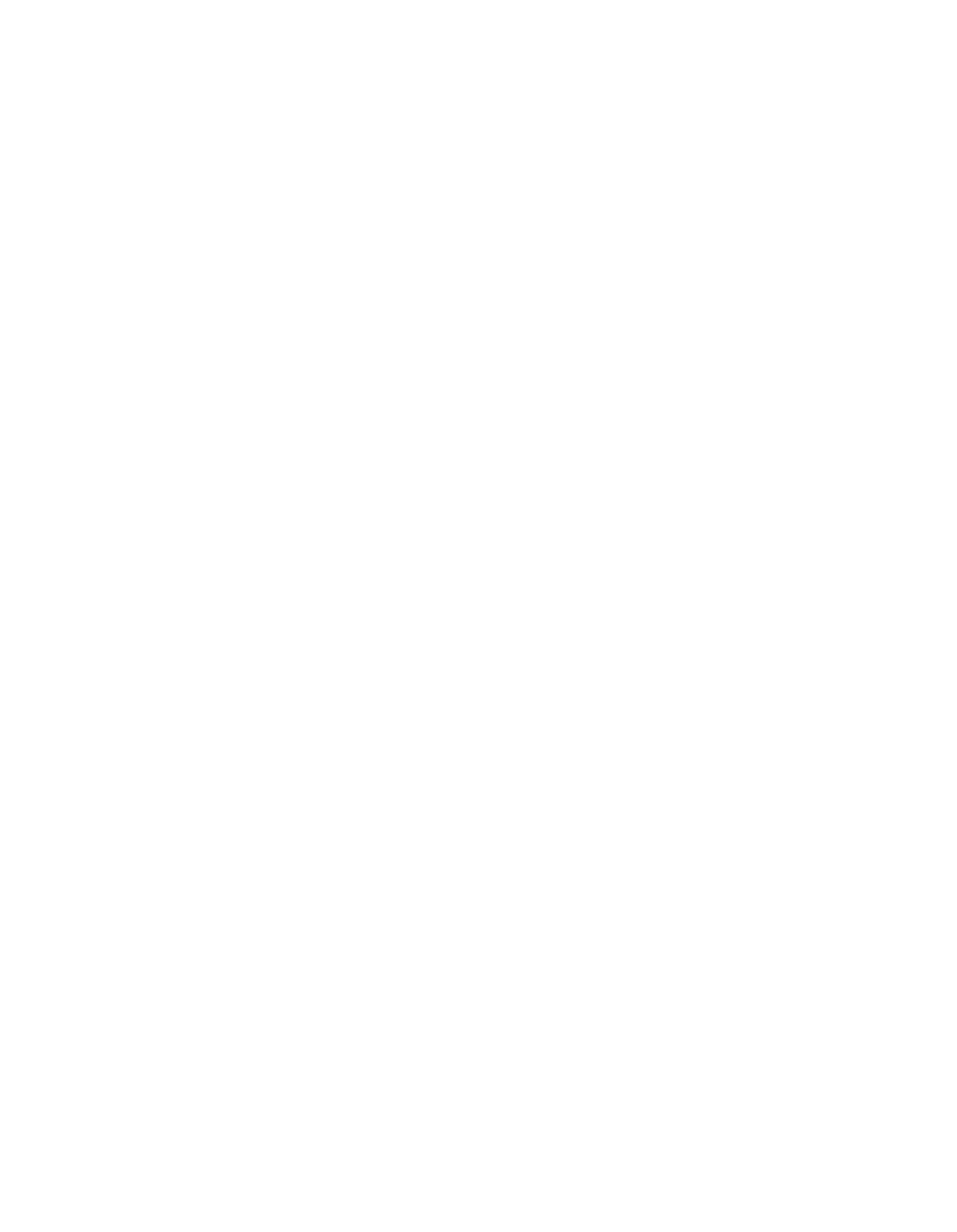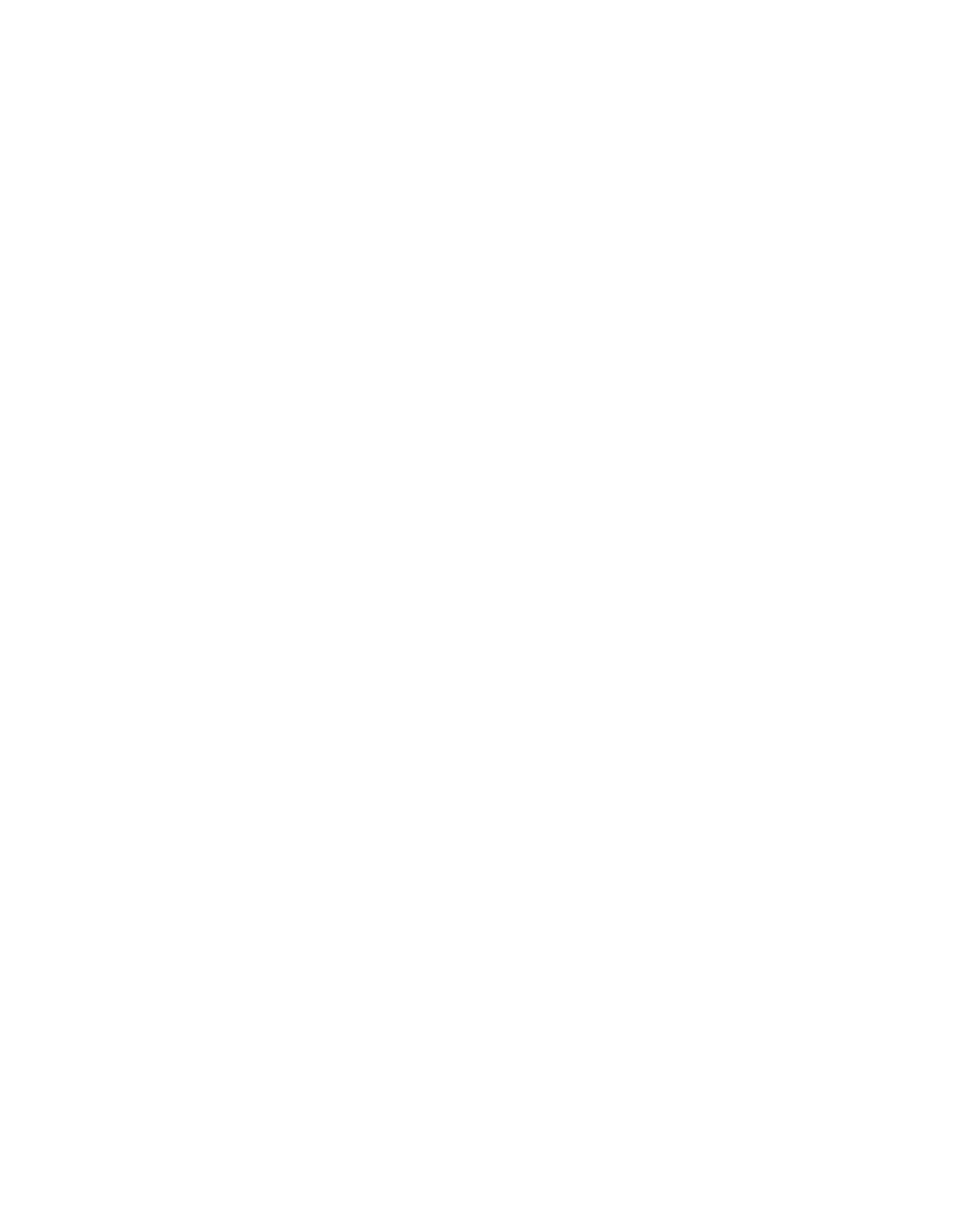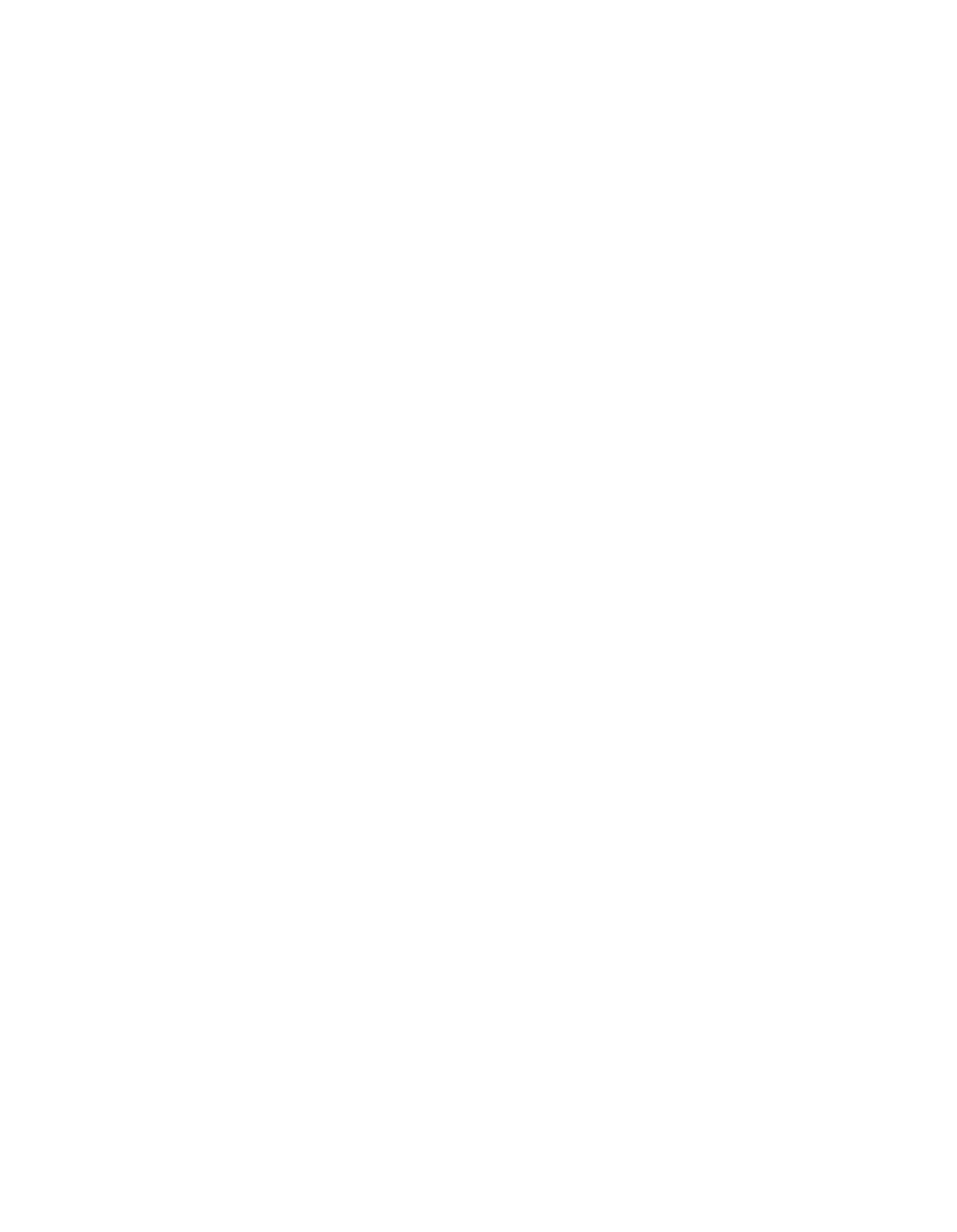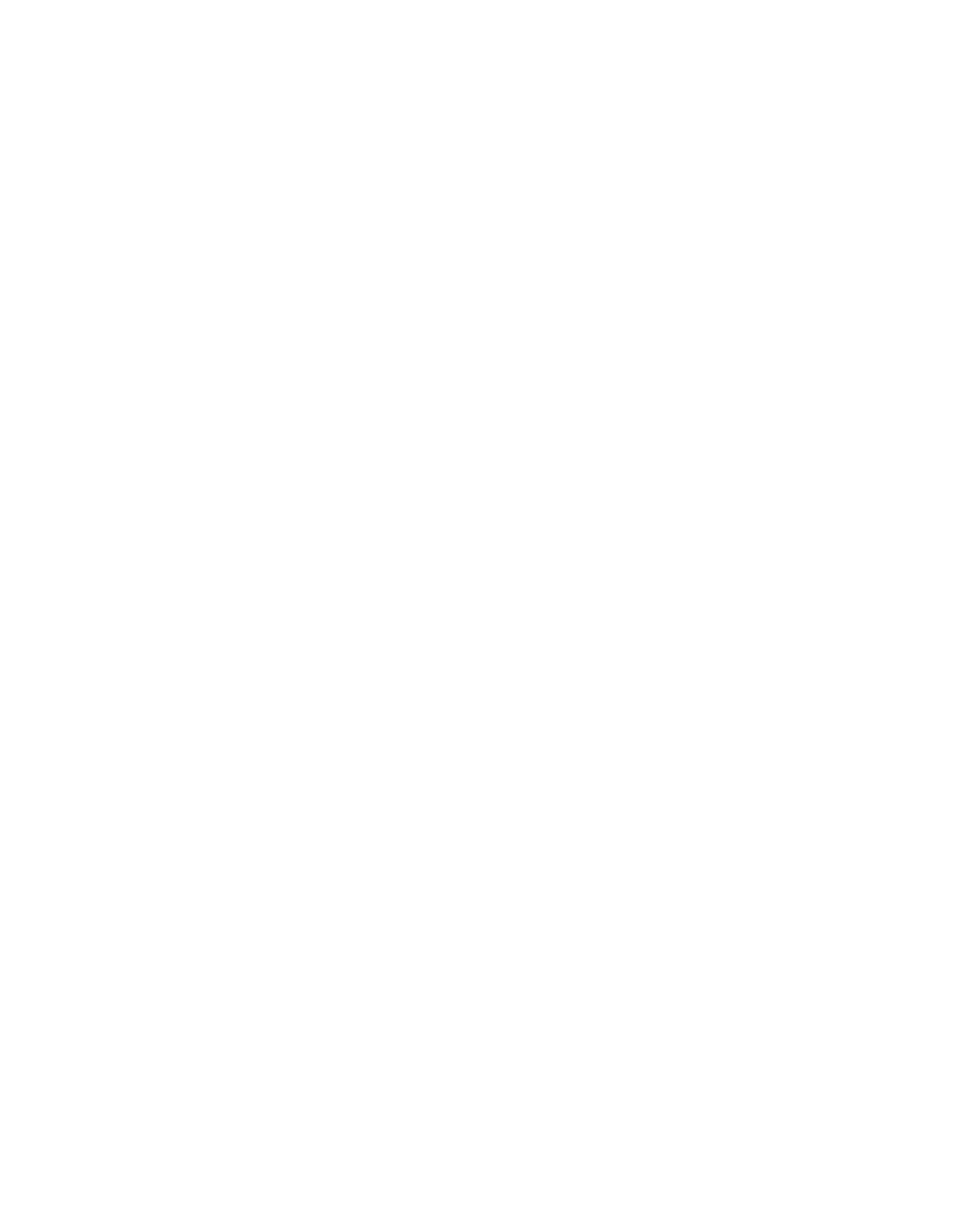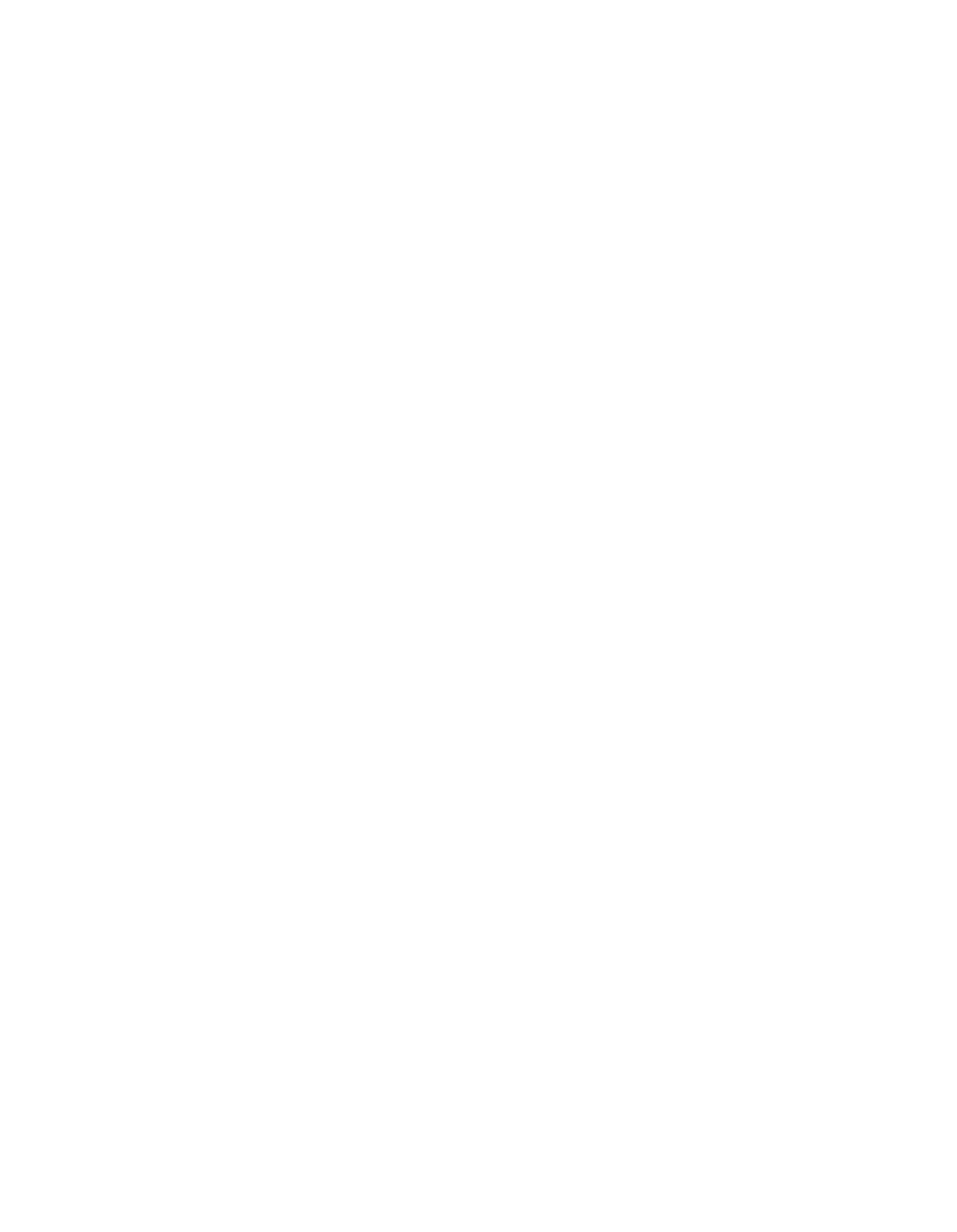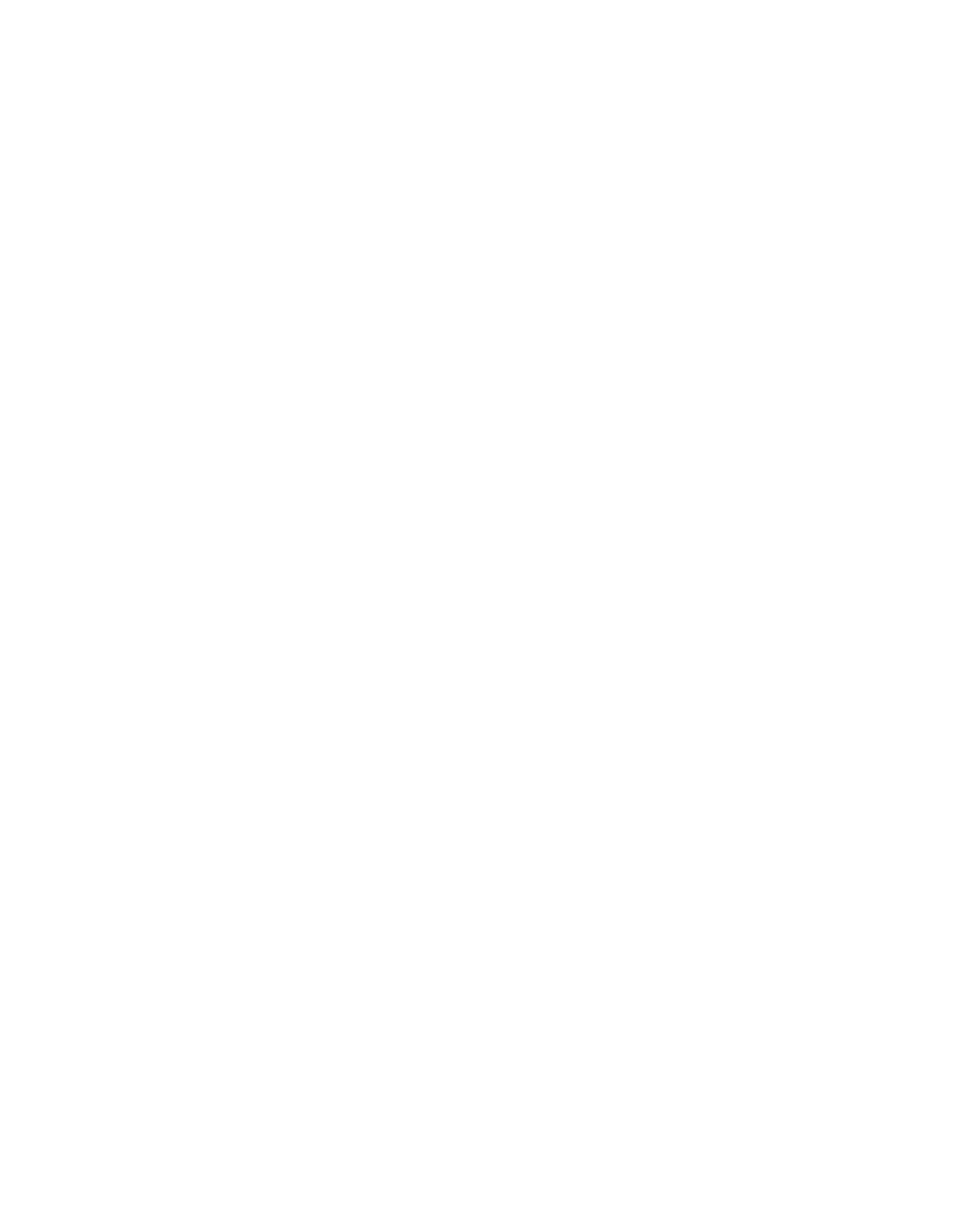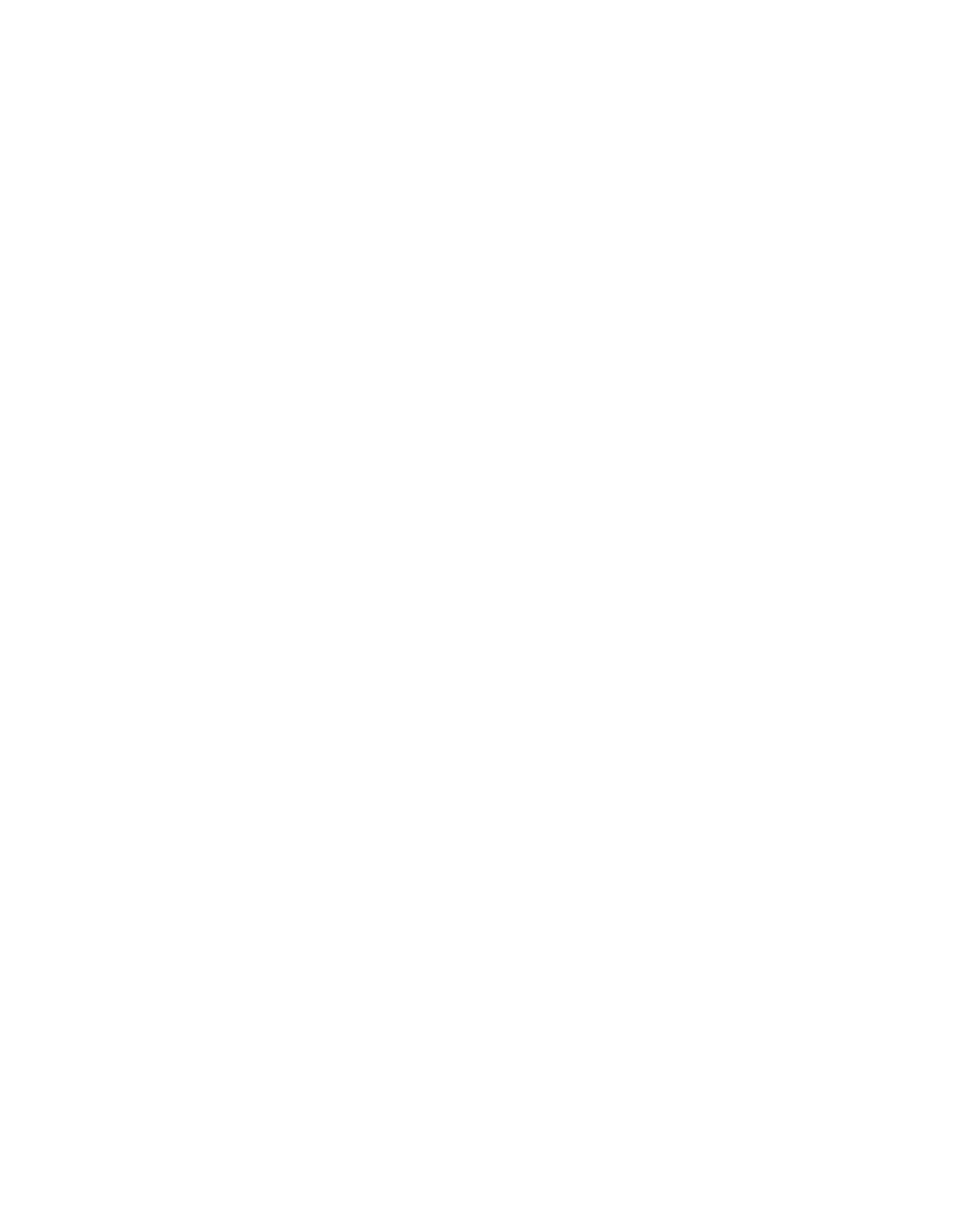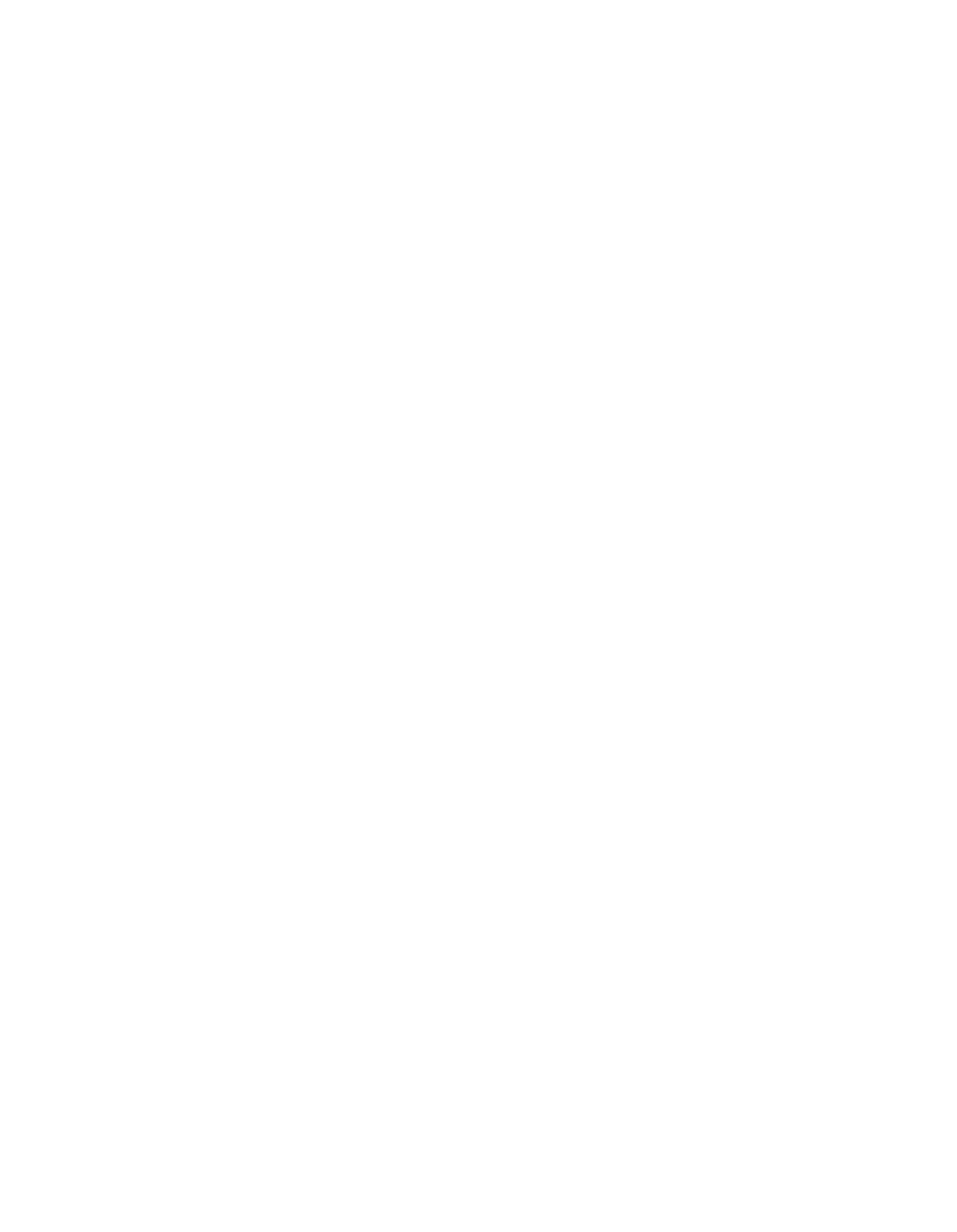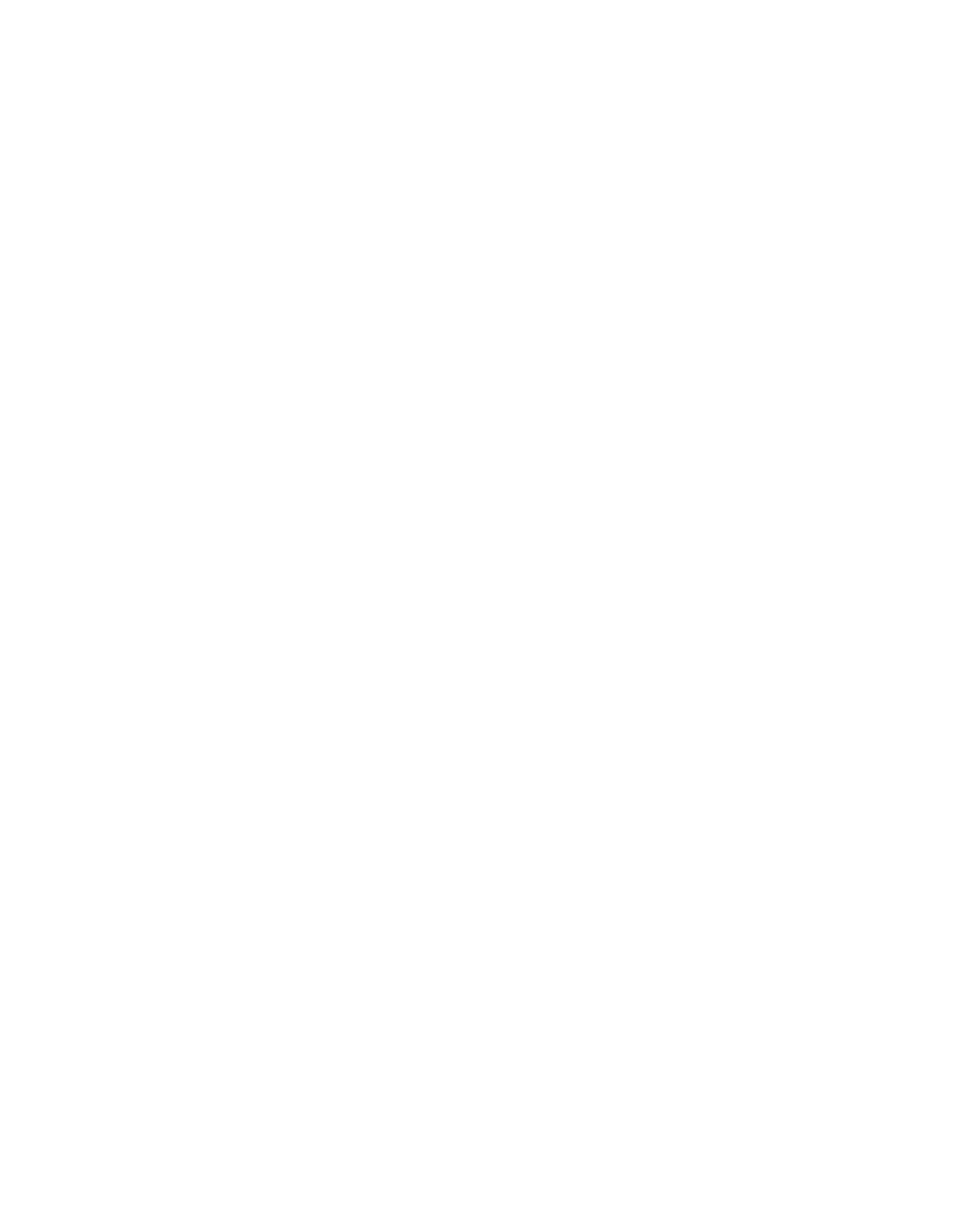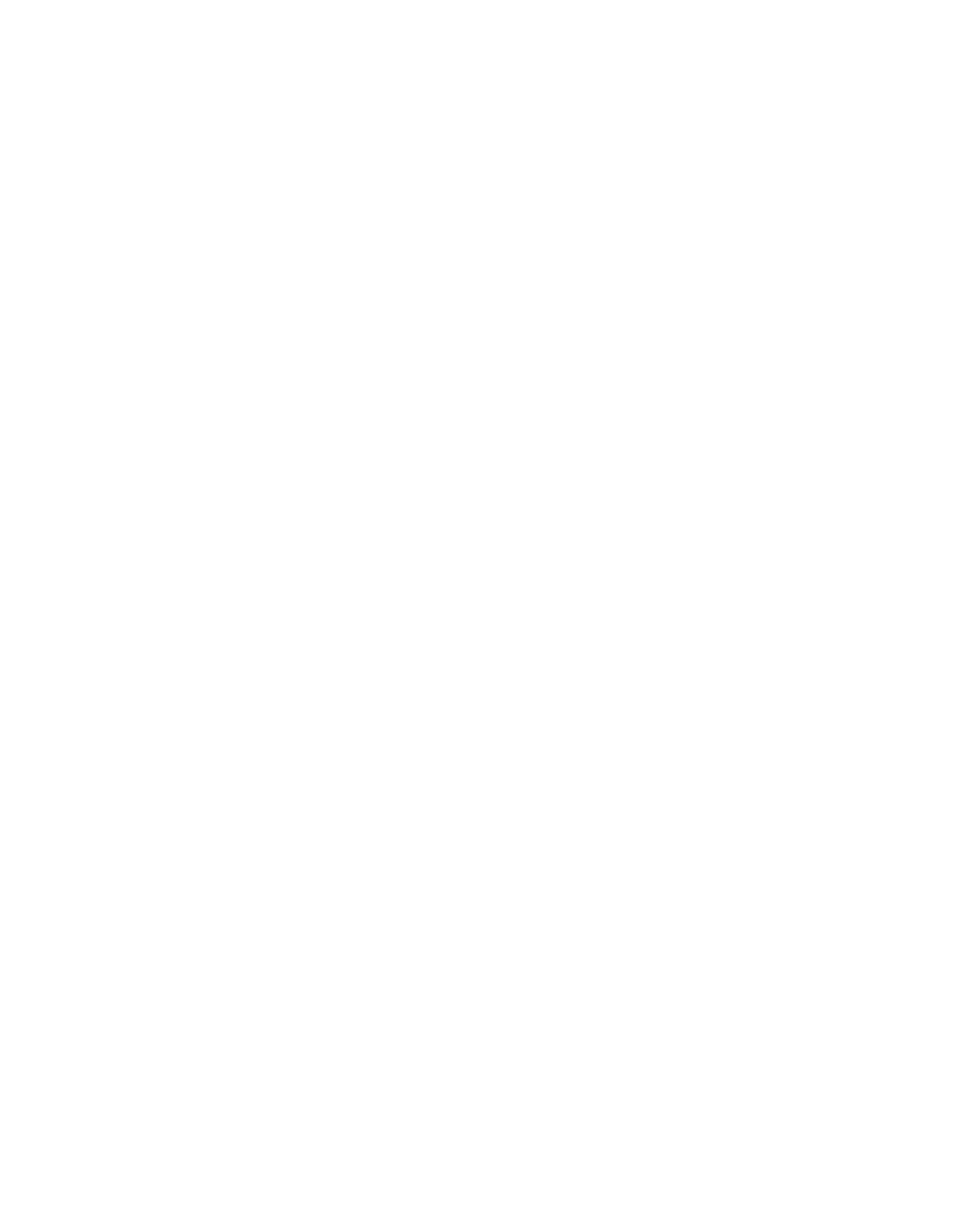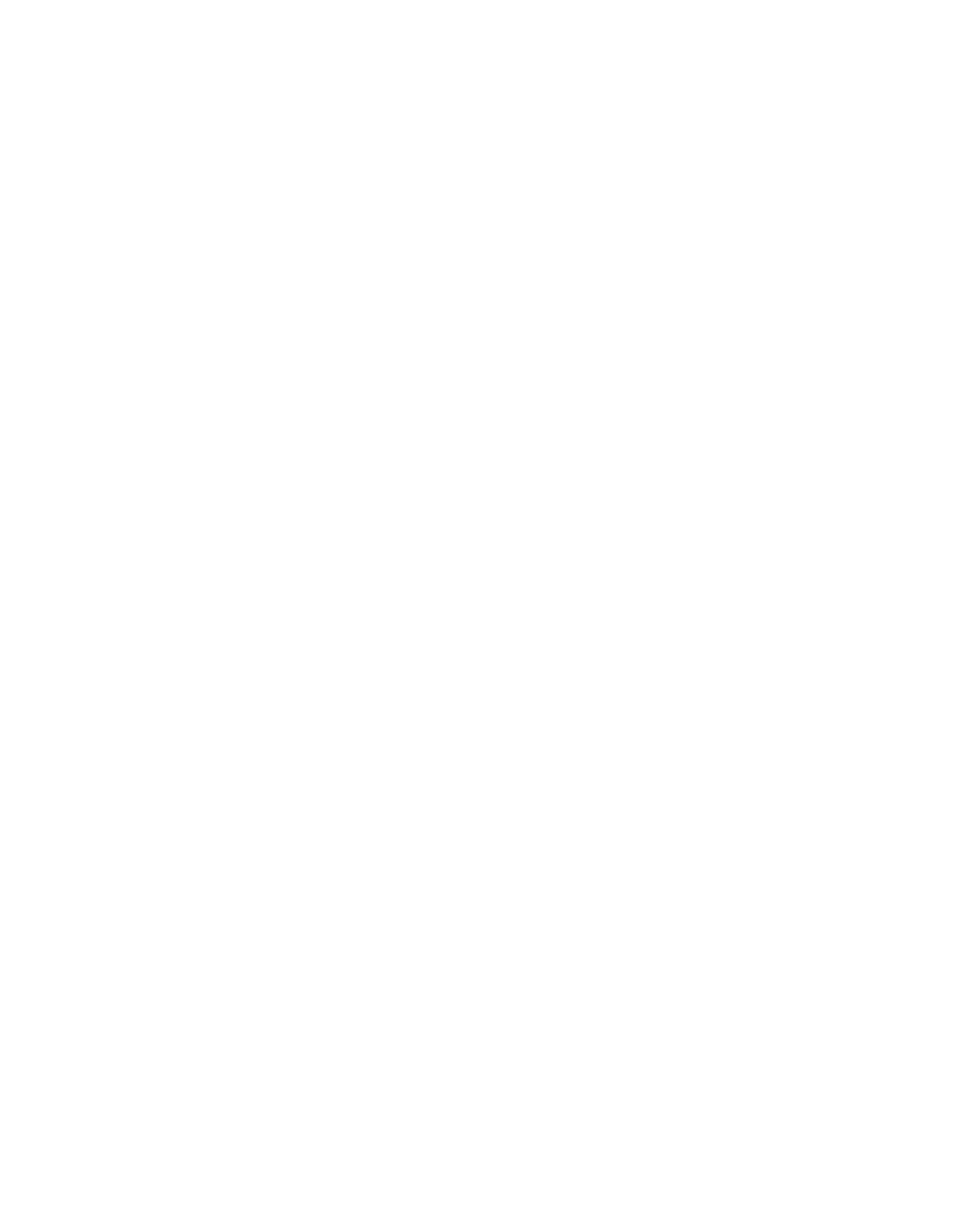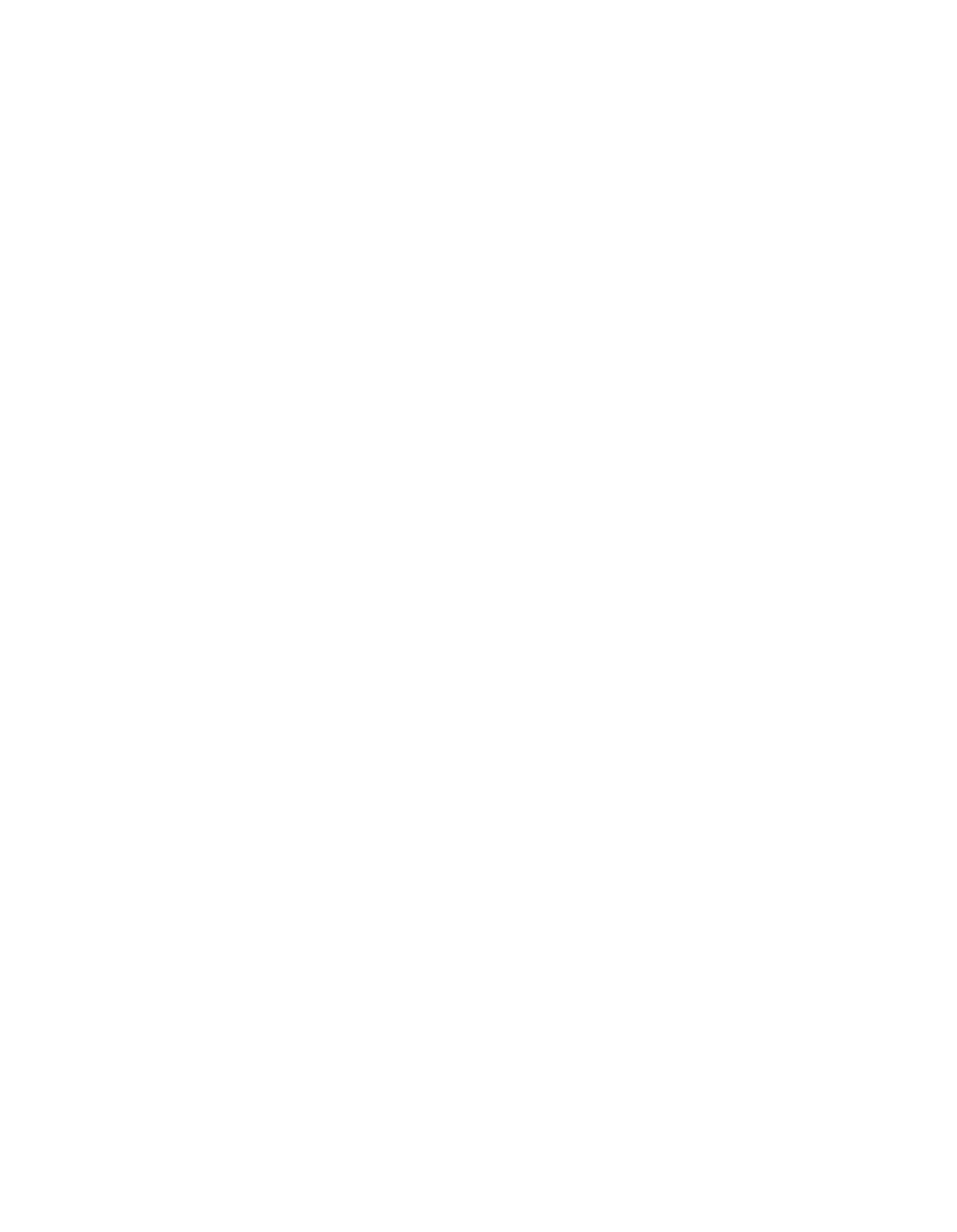ILLINOIS POLLUTION CONTROL BOARD
September
27,
1990
IN THE MATTER OF:
PROPOSED AMENDMENTS TO
)
R87-31
PART
214, MEASUREMENTS
)
(Rulemaking)
METHODS FOR EMISSIONS
OF SULFUR COMPOUNDS
PROPOSED RULE.
SECOND NOTICE
OPINION AND ORDER OF THE BOARD
(by
B.
Forcade):
~Thtsru±~emaking
involves amendmentsto~35~IIt~Adm,Co~~214
Sulfur Limitations,
Section 214.101, Measurement Methods, as
proposed by the Illinois Environmental Protection Agency
(“Agency~).
Subsection
(a)
of
the rulemaking affects
the stack
testing measurement techniques
for sulfur dioxide emissions from
stationary sources.
The balance of
the rule primarily governs
measurement methods for solid
fuels.
Affected sources include
public utilities, private businesses, and various other entities
in
Illinois.
The amendments are intended
to resolve objections
from the U.S. Environmental Protection Agency
(“USEPA”)
to the
Illinois State Implementation Plan
(“SIP”)
for sulfur dioxide.
The Board now proceeds
to Second Notice,
having received comments
to its First Notice Opinion and Order
of June
21,
1990.
Procedural History
The proposed amendments were filed by the Agency on August
24,
1987.
Merit hearings were held on October
23,
1987
in
Chicago and on November
6,
1987
in Springfield.
On November
9,
1987, the Agency filed
its First Amended Proposed Regulation and
Statement of Reasons.
On January
1,
1988,
the Department of
Energy and Natural Resources
(“DENR”)
filed a letter,
acknowledging that
an Economic Impact Study
(“EcIS”) would be
undertaken.
The EcIS was filed on June
9,
1989.
The Economic
and Technical Advisory Committee
(“ETAC”) opinion approving the
EcIS was filed on July
6,
1989.
EcIS hearings were held
on
September
8,
1989
in Chicago and on September
19,
1989
in
Springfield.
On June
II,
1990,
the Agency filed
its amended
As indicated at First Notice,
Deborah Stonich, presently
a
Board staff attorney,
previously
represented
the Agency
in this
proceeding.
Ms. Stonich has not participated
in any of the
Board’s deliberations on the proposed amendment.
ii~—1
59
—2—
proposal setting forth the rule as
recommended by the Agency for
First Notice.
Since the Board’s First Notice Opinion and Order of June 21,
1990,
the Board received comments from the Administrative Code
Division of the Office of
the Secretary of State;
from the
Agency; and the Illinois Environmental Regulatory Group
(“IERG”).
Background
The proposed rule
is being issued
in response to the refusal
of USEPA in 1985 to accept the sulfur dioxide emission
limitations
in the Illinois State Implementation Plan
(“SIP”).
USEPA required that Part
214.101, Measurement Methods,
be
revised
oassureshort-terrn co~p1iarice_with the Natip~a.~
~~ept~i~
Quality Standard (“NAAQS”) for sulfur dioxide.
(See Merit
Hearings, Exhibit
8,
1985.)
tJSEPA maintained that stack
testing
-s-hould
be-4-n-e1uded-~-i-n~
determine
short—t-erin
compliance.
The two month averaging method of existing Section
214.101 was considered inadequate to establish short—term
compliance,
i.e.,
3—hour and 24—hour compliance.
Stack testing
is USEPA’s preferred method to evaluate short—term compliance.
The Agency estimated that 87 facilities would be affected by
the rulemaking.
DENR revised this number downward to
78,
of
which
52
facilities would be required to make some changes
in
their existing practices.
Introduction
The proposed amendments
to Section 214.101 provide that
compliance shown by coal sample averaging techniques may not be
used to refute evidence of non—compliance shown by stack testing,
and vice versa.
Stack test results,
if required by the Agency,
would be given controlling weight
if stack
testing revealed non-
compliance.
The Agency also proposed
to add USEPA approved
Methods
6A,
6B, and
6C, found at
40 CFR
60, Appendix A,
to
supplement
the existing Method
6 stack testing procedure.
Section 214.101 would also be amended to specify the methods
and frequency of regular analysis of coal samples, based on the
facility’s capacity
to produce sulfur emissions,
expressed in
terms of
total solid fuel—fired heat input capacity, measured
in
mega watts
(MW)
or millions
of British thermal units
per hour
(MBtu/hr).
Facilities were not previously categorized in this
way, but
now each would
fall
into one of four groups, with
corresponding testing requirements.
For discussion purposes,
these facilities have been categorized as follows:
115~~16r)
—3—
Category
Capacity
Proposed Frequency
of
Analysis
Category
1
more than 439.5 MW
Daily analysis
(1,500 MBtu/hr)
Section
214.101(c)
Category
2
146.5
—
439.5 MW
Weekly analysis
of
(500
—
1,500 MBtu/hr)
daily samples
Section
214.101(d)
Category
3
14.65
—
146.5 MW
Monthly analysis of
(50—500 MBtu/hr)
daily samples
Section
214.101(e)
Category
4
less than 14.65 MW
Montily averag~.
(50 MBtu/hr)
Section
214.1
(f)
~•~~~Underthe existing rule,~themeasurement-method for~~-~~
facilities
is the same.
Existing Section 214.101(a) provi~ ~ fo
stack testing
in accordance with USEPA approved Method
6,
und
at
40 CFR 60
(1982),
or procedures specified by the Agency,~ and
existing Section 214.101(c) provides
for two—month averages
of
coal samples.
This second method demonstrates compliance by
calculating a two—month average
of daily samples of low sulfur
fuel provided that no more than
5
of the samples are greater
than 20
above the average.
Stack testing
is rarely performed,
and the two—month average of coal samples
(sometimes
in the
record referred to
as
a 60—day average)
is the
method ordinarily
used to show compliance with sulfur emissions limitations.
The proposed rule would entail more frequent coal sampling
and analysis than some facilities previously performed and would
involve modest cost increases over amounts already spent
for
current procedures.
The record suggests that
stack testing,~with
its related costs, would continue to be required on a relat:Lvely
infrequent
basis.
Additional information on the development of the proposed
rule may be found
in the discussion
of
the Merit and EcIS
hearings
in the Board’s June 21,1990 First Notice Opinion and
Order
in this matter.
Proposed Regulation
The Board’s First Notice proposed rulemaking was based
primarily on the Agency’s Amended Proposal
filed June
11,
1990.
Based on the comments received since First Notice,
the proposed
amendments
to Section 214.101 would be modified slightly as
discussed below.
Incorporation by reference
for cited materials
requires amendments
to
35
Ill. Adm. Code
214.104, which are also
updated and detailed below.
Only minor changes
are now being
proposed by the Board, which will be more fully explained below.
115—161
—4—
Discussion
At First Notice the Board posed various questions to clarify
language,
to inquire about when stack testing might
occur, and to
specify current versions of documents incorporated by
reference.
As a result
of First Notice Comments received,
certain minor changes are being made
in the Board’s Second Notice
proposed rule.
Changes from First Notice
1.
Section 214.101(a):
Sulfur Dioxide Measurement
Sulfur dioxide
is to be measured
n accordance with
methods specified
in
40 CFR
60, Appendix
Method
6,
6A,
6B or
6C ~-orby-a±terriative--methodspursuant~t~
R~~~tb1~
response to the Board’s request
for furth~
clarification
concerning alternative procedures,
the Ag~ cy recommended a minor
language change.
Since any alternative
t?:~t
method to measure
sulfur dioxide would be used under the cirumstances described by
that method,
the Agency suggested substituting the words
“measurement procedures established
pursuant
to
40 CFR 60.8(b)”
for the words
“measurement procedures spec~:fiedby ~
pursuant
to 40 CFR 60.8(b).”
Ag.
Comm. August
28,
1990,
p.
3
(emphasis added).
The Board agrees that this minor word change clarifies
the intent of Section 214.101(a) and better informs affected
businesses and institutions regarding
sulfur dioxide measurement
methods.
2.
Section
214.101(c):
Solid Fuel Averaging Measurement
Daily Analysis Method
Section 214.101(c) provides that
if daily fuel analysis
is used to demonstrate that emission levels are in compliance
(or
non—compliance),
a two month average of daily samples would be
calculated
to represent the emission level or
rate.
This would
then
be compared with the emission limits
of Section 214.122,
214.141, 214.142(a),
214.162,
214.186,
and 214.421.
At First
Notice,
the emission level was referred
to
in Section 214.101(c)
as “the sulfur dioxide hourly emission
rate or emission rate
expressed as kg/MW—hr
(pounds per million flu).”
The Agency
recommends clarifying the intended meaning of
this section by
replacing the above quoted language with “the sulfur dioxide
emission rate to be compared
to the applicable emission limit.”
Ag.
Comm., August
28,
1990,
p.
4.
The Agency explained that
reference
is being made to
“the number of pounds per MMBtu that
are not
to be exceeded in
‘any one hour period’
as provided in
Sections
214.122, 214.141,
214.142(a),
214.162,
214.186 and
115-162
—5—
2l4.42l.”* Ag. Comments, August
28, 1990,
p.
~.
Thus, deleting
the word “hourly” and the reference
to kg/MW—hr may identify more
clearly how
the emission rate is expressed.
In
response to the Board’s question as to why Section
214.142(b)
was not referred
to in Section 214.101(c),
the Agency
explained that averaging of emissions has never
been allowed
under Subpart
E,
and Section 214.142(b)
refers specifically to
Subpart
E.
See Ag. Comments,
p.
5.
3.
Section 214.104:
Incorporation by Reference
The Agency indicated that updated versions of two fuel
sampling procedures should be incorporated by reference in
Section
~
Society for
Testing
and Materials
(“ASTM”) procedures, ASTM D-2234,
which should be
updated for
a
1989 version,
and ASTM D—2622, which should be
updated for
a 1987 version.
Other Comments from the Agency
In addition
to explaining
its rationale for the above
recommended changes
in the rule,
the Agency responded to other
questions raised by
the Board
in its First Notice Opinion and
Order.
The Agency
comn’ented that the first sentence of Section
214.101, which was drafted
to satisfy
USEPA stack testing
concerns,
should not
be changed, particularly since identical
language was recently approved by USEPA for the Indiana SIP.
The
Agency also restated
its position that the coal
sampling and
averaging should be
included in this rulemaking
for submission
to
USEPA.
On the subject
of
whether criteria could be included
in
the rule to determine when stack testing would be required,
the
Agency responded that any limitation on the Agency’s ability
to
require stack
testing would
impair
its case by case approach
to
stack testing and might
risk USEPA
rejecting the rule.
The
Agency expressed
its preference
for
a two-month average, versus a
60—day average,
noting
that administrative burdens might
exceed
the benefit of better data obtained from
the use of
a rolling
average.
The Agency also clarified what
it means by
“standby status”
in the context
of calculating total
heat input capacity for
a
facility.
The term
is intended
to refer
to “an emission source
which
is
not used
in the normal course of operations.
For
example,
an emission source which does
nor receive regular
shipments
of coal...”
Ag. Comments,
p.
7.
*
Agency comments
are assumed
to have intended 214.421 and not
214.122 as
typed on
p.
4
of the comments.
115—163
—6—
As a further note of explanation on Section 214.101(c),
which pertains to facilities using
the daily analysis method,
the
Agency explained that reference to Section 214.121
is being
deleted since
there are no longer any sources
in Illinois
regulated under
this section.
Comments from IERG
IEP.G reiterated
its position that the coal sampling and
analysis should be
required as a permit condition,
and not as
part
of the federally enforceable Illinois SIP.
IERG requested
that the Board reconsider
its position in
the
First Notice
Opinion and Order, which rejected IERG’s assertions on this
issue.
With respect
to incorporation by reference issues,
IERG
stated that the 1989 version
of
40 CFR
60, Appendix A,
is
-~ea~e--
Thi-s
-
is~con
nt~±th~the~-Age-ncy’
~an~~h~e
Board’s conclusion.
However,
IERG also asserted that additional
documents,
not included in the First Notice Opinion and Order,
should be incorporated by reference
in Section
214.104.
These
items include:
(1) Method
19: Determination of Sulfur Dioxide
Removal Efficiency and Particulate, Sulfur Dioxide and Nitrogen
Oxides Emission Rates From Electric Utility Steam Generators;
(2)
ASTM
D—4239C;
and
(3)
(USEPA AP—42 document, Compilation of
Air Pollutant Emission Factors,
Sept.
1985,
Supp.
Sept.
1989.
At
this point
in the rulemaking,
the Board
is unwilling to consider
new methods and procedures, which could have been fully developed
in the record,
but were not.
Additionally, ASTM D—4239,
which
is
to be included in Section 214—104, encompasses
three methods,
A,
B,
and C, which the Board believes satisfies IERG’s objective
in
requesting
inclusion of “ASTM D—4239C”.
IERG
is
in agreement with the Agency that the circumstances
under
which stack
testing should be required should not be part
of the proposed rule.
IERG would prefer
that the averaging required under Section
214.101(c) be performed on the basis of
a 60—day average,
as
opposed
to the two-month average which
the Agency prefers.
IERG
is
in
agreement with the Agency’s position that the record does
not support support
the requirement of
a rolling average.
IERG also commented on “stand—by capacity”
as this relates
to calculating the total heat input capacity category of
a
facility.
IERG states that “stand—by capacity” refers
to boilers
“that are not regularly used
or rarely used and only used when,
for whatever
reason,
they are needed.’
IERG Comments,
p.6.
The
Board must categorically reject such
a broad definition and
refers IERG to the Agency’s comments
for guidance with the
definition of
“stand—by capacity.”
1 15—164
—7—
IERG believes that Section 214.142
is appropriately
referenced in Section 214.101(c), but gave no further explanation
on this point.
As noted
in the discussion of
the Agency’s
comments,
this minor
issue would seem to
be resolved with the
Agency’s response that no facilities
fall under
this rule.
IERG
requests
the Board
to clarify whether total heat input
capacity
is based on the entire plant or
on the individual
sources at
the plant.
The record seems
clear that coal sampling
and analysis requirements of Sections 214.101(c),
(d),
(e), and
(f) apply
to the individual sources
to determine whether the
individual source
is
in compliance.
The heat input capacity
is
that
of the plant, and not the source,
for the purpose of
determining which rule applies.
See e.g.,
Ex.
5,
Testimony of
~
at
p.
6 and EcIS,
pp.
6—13.
The Board declinos
to carve out an exception for small
sources at large plants or
to
vaguely direct that “consideration
be
given to small sources at
latge plants.”
IERG Cömtë~E7~7T
SimiIãfI~7á~tf1ii~laté
stage
in the proceeding,
the Board must decline to provide an
exemption for sources which utilize continuous emissions monitors
since this has not been adequately developed in the record.
IERG
Comments,
pp.. 6,7.
The Board also finds that IERG’s suggestions
that the rulemaking should provide for the Agency’s modifying the
rule on a case by case basis or provide
for mechanical failures
are unsupported
by the record.
IERG~sother comments concerning
headings and possible typographical errors, particularly
regarding the existing Section 214.104,
are noted, and
corrections have been made.
Conclusion
Based on the comments received during
the First Notice
comment period,
the Board will propose
for Second Notice
the
amendments
to Part
214, Measurements Methods
for Emissions of
Sulfur Compounds, consistent with
the First Notice Opinion and
Order and with minor modifications suggested by the Agency.
The
Board’s
revised language
is based on several considerations.
First,
the introductory sentence
of the proposed rule
is
directed towards USEPA’s objections to
the Illinois SIP.
The
participants are
in substantial agreement
that
to secure USEPA
approval the stack testing
language must
be given greater
prominence as the means
to show short—term compliance with the
sulfur emissions standards.
The Agency again endorsed the first
sentence of
the rule
as satisfying USEPA’s stack
testing
concerns, and
so the Board will retain
this particular
language.
The sentence,
“(d)etermination of compliance and non-
compliance shall
be made according
to the methods of
this
section,” as suggested
by
a USEPA staff member at hearing, will
115—165
—8—
not be substituted for the Agency’s proposed language.
Tr.,
Oct.
27,
1987,
p.
11.
Second,
the Board accepts the Agency’s minor revision
in
Section 214.101(a)
concerning alternative stack testing
procedures found in
40 CFR 60.8(b).
The Board agrees that
procedures “established pursuant
to 40 CFR 60.8(b)” clarifies
this matter
regarding the use of procedures other than Methods
6,
6A,
6B,
and 6C,
incorporated by reference in Section
214.104(a).
This makes clear
that alternative procedures would
be federally prescribed rather than prescribed solely
in
accordance with the Illinois
Administrative Code,
as the existing
regulation provides.
~j~the
Board still maintains that~heAg.e~ac~and
the
Illinois Coal Association articulated the preferred position with
respect to the proposed coal sampling and analysis rules
found
in
s
ubsee-t-~e~
s—f-e-~-~
—(~d-~
—d~---The--B’~a
rd~finds-
t
h~a-~
~t1Te
S
e
proposed subsections provide clarity,
specificity, and
consistency with Agency practices, which will benefit both the
regulated community and the
Illinois coal industry.
Although
IERG again expressed its preference that the Agency use the
permitting process as the means
to regulate coal sampling and
analysis practices,
the Board continues to support the Agency’s
proposed regulatory framework,
as explained
in the First Notice
Opinion and Order.
For these reasons the sampling and analysis
sections are unchanged from First Notice,
with the exception of
adding a comma after sulfur
in subsection
(c)
and using
a lower
case
“s” for “subsection”
in subsections
(d)
and
(e).
Fourth,
the Board received comments to the Board’s proposing
to use the phrase,
“consecutive two—month average”
to clarify and
specify the meaning of
the average in Section 214.101(c).
In
First Notice comments the Agency expressed its preference to
retain this language and indicated that
a rolling average would
pose undesirable administrative burdens.
IERG agreed that a
rolling average would be unnecessary,
but preferred
a 60—day
average.
To accommodate the Agency’s administrative concerns the
Board will retain the same language as proposed at First
Notice.
The Board requested that the participants comment on various
other
issues,
including updated versions of materials to be
incorporated by reference and the possibility of criteria for the
Agency’s requiring stack
testing.
On both of these points the
Agency and IERG seem
to be
in agreement,
i.e.,
the years are
consistent
for incorporated materials and neither participant
wants
to specify the conditions under which stack
testing would
be required.
As noted earlier
IERG recommended that other particular
materials be
included
in Section 214.104, Incorporations by
115—166
—9—
Reference.
These are:
(1)
Method
19
(for measuring sulfur
content),
(2)
ASTM D—4239C, and
(3)
USEPA AP—42 document
(Compilation of Air
Pollutant Emission Factors).
As
explained
above,
the proposed rule will not
be revised
to include these
particular
references.
IERG also stated that at First Notice
Method
8 was inadvertently omitted from Section 214.101(a) and
that ASTM D—2622 was incotrectly referred to as a solid fuel
sampling procedure
in
Section 214.104.
The Board believes
that
Method
8 has not been left out
of Section 214.101(a),
but
is
correctly included
in
Section 214.10(b).
The Board agrees
that
ASTM D—2622 was inadvertently included
in the
fuel
sampling
subsection based on the Agency’s Amended Proposal filed June
11,
1990.
ASTM D—2622 will
remain in the sulfur determinations
subsection as the current regulation provides, but the rule will
be amender
to update
hat procedure for the 1987 version.
ORDER
The Board
herei
proposes
for First Notice the following
amendments
to
35
Ill
Adm. Code
214 and directs the Clerk
to file
these with the Secre ary of State.
Section
214.101
Measurement Methods
A determination
of
non—compliance based
on any subsection of
this Section shall
not be
refuted by evidence of
compliance
with any other subsection.
a)
Sulfur Dioxide Measurement.
Measurement
of sulfur
dioxide emissions
from stationary sources
shall
be made
according to ~e
~r~eed~e
b~~ed an applicable
method specified
in 40 CFR 60, Appendix A, Method 6,_6A,
6B,
or
6C t198~, incorporated by reference
in Section
214.104(a),
or
by measurement procedures established
~ee~f-~ed b~t~e~
B
e~et~a+Pe~ee~4e~
A~eney-~ger~e~
~ee~d~r~
~e ~e
p±~+~i~
~f S5
Ad~--
eode
~
pursuant
to 40 CFR 60.8(b),
incorporated
by reference
in Section 214.104(b).
b)
Sulfuric Acid Mist and Sulfur Trioxide Measurement.
Measurement
of sulfuric acid mist and sulfur trioxide
shall
be according
to the barium—thorin titration method
a~
b++~hedspecified
in
40 CFR 60, Appendix A, Method
8 -f-~98~-~,
incorporated by reference
in Section
214
.
104 (a)
c)
Solid
Fuel ~veraging Measurement
Daily Analysis
Method.
This subsection a~cliesto
sources
at plants
with
total solid fuel—fired
heat input capacity
exceedinc 339.5 MW
(1500 mfilion Btu/hr).
If ±e~~+f~
~e+~
daily
fuel analysis
is used to eem~y demonstrate
compliance
or
non—compliance with Sections
~47~±,
115—ET
—10—
214.122,
214.141, 2l4.l42~~j,214.162,
214.186 and
214.421, the app~4e~b~e
~id
f~e~
sulfur dioxide
artderd emission rate to be compared to the emission
limit shall be n~e~
by considered to be the result
of ~
any consecutive two month average of daily samples w~h
provided no more than 95 percent of the sample5 be4~
values are
i~e
greater
than 20 percent above the sample
average.
If samples from a source cannot meet this
statistical
criterion,
each individual daily sample
analysis for such source shall
be compared to the
standard to determine compliance.
The specific ASTM
procedures,
incorporated by reference in Section
214.104(c),
shall be used
for solid fuel sampling,
sulfur, and heating value determinations.
c
Weekly Analysis Method.
This subsection applies
to
sources at plants with total solid fuel—fired heat
input
-eapaeityexceeding ~
exceeding 439.5 MW (1500 million Btu/hr).
These plants
shall demonstrate compliance or non—compliance with
Sections 214.122, 214.141,
214.142(a), 214.162,
214.186
and 214.421 by either
an analysis of calendar weekly
composites
of daily fuel samples or
by compliance with
subsection
(c) above,
at
the option of the plant.
The
specific ASTM procedures,
incorporated by
reference in
Section 214.104(c),
shall be used
for sulfur and heating
value determinations.
e~
Monthly Analysis Method.
This subsection applies
to
sources
at plants with total solid fuel—fired heat input
capacity exceeding 14.65 MW
(50 million Btu/hr)
but not
exceeding 146.5 MW
(500 million Btu/hr).
These plants
shall demonstrate compliance
or
non-compliance with
Sections 214.122,
214.141,
214.142(a),
214.162,
214.186
and 214.421 by either an analysis of calendar monthly
composites of daily fuel samples
or
by compliance
with
subsection
(c) above,
at the option of
the plant.
A.S.T.M. procedures,
incorporated by reference in
Section 214.104(c),
shall be used for sulfur and heating
value determinations.
f)
Small Source Alternative Method.
This subsection
applies
to sources at plants
with total solid fuel—fired
heat input capacity not exceeding 14.65 MW
(50 million
Btu/hr).
Compliance or non—compliance with Sections
214.122,
214.141,
214.142(a),
214.162, 214.186 and
214.421 shall
be demonstrated
by a
calendar month
average sulfur dioxide emission rate.
a)
Exemptions.
Subsections
(c)
through
(f)
shall
not apply
to sources controlling sulfur dioxide emissions by flue
gas desulfurization equipment or by sorbent
injection.
115--i6~
—11—
h)
Hydrogen Sulfide Measurement.
For purposes of
determining compliance with Section 214.382(c),
the
concentration of hydrogen sulfide
in petroleum refinery
fuel gas shall
be measured using
the Tutwiler Procedure
specified
in
40 CFR 60.648
(-~9B6)--~,incorporated by
reference
in Section 214.104(d).
Section 214.104
Incorporations by Reference
The following materials are incorporated by reference.
These
incorporations do not include any later amendments
or
editions.
a)
40 CFR 60, Appendix A
98~ (1989):
1)
Method
6:
~e~hea
~r
~ea~reme~
Determination
of
~Sulfur
~Dioxide
~Emissions~
From Stationary
Sources
2)
Method 6A:
Determination
of Sulfur Dioxide,
Moisture, and Carbon Dioxide Emissions From Fossil
Fuel Combustion Sources
3)
Method
6F:
Determination of Sulfur Dioxide
and
Carbon Dioxide Daily Average Emissions From Fossil
Fuel Combustion Sources
4)
Method 6C:
Determination of Sulfur Dioxide
Emissions
From Stationary Sources
(Instrumental
Analyzer Procedure)
~5)
Method
8:
b4—the~4~
~4a~4e~
~e~hed~
Determination of Sulfuric Acid Mist and Sulfur
Dioxide Emissions From Stationary Sources.
~J
40 CFR
60.8(b)
(1989),
Performance Tests.
bc)
American Society
for Testing and Materials,
1916 Race
Street, Philadelphia,
PA
19103:
1)
For solid
fuel sampling:
ASTM D—2234
9~6-)~(1989)
ASTM D—2013 ±±9~6~
(1986)
2)
For sulfur determinations:
ASTM D—3177 ~±9~6j- (1984)
ASTM D—2622 ~-198~
(1987)
115—169
—12—
ASTM D—3180
(1984)
ASTM D—4239
(1985)
3)
For heating value determinations:
ASTM D—2015
9Th~(1985)
ASTM D—3286 ~9~6-~
(1985)
ed)
Tutwiler Procedure
for hydrogen sufide,
4C CFR 60.648
~98Gj
(1989).
IT
1S SO ORDERED.
I~,-Dorot-h-y~hGunn,-Cler~k-of-theIllinois Pe~
Board, hereby certify that the abov~Opinion and 0
r was
adopted on the
~
day of
~
990, by a
vote of
_________
Dorothy
M.
Gunn, Clerk
Ti
1
~
T)~-~1
1
,.-
~
,-~.,+-
.-,-~1
D,-.—.-,1
115—17(1
—2—
IT IS SO ORDERED.
I, Dorothy
M.
Gunn, Clerk of the Illinois Pollution Control
Board, hereby certify that the above Order was adopted on_the
:37~
day of
:~:
-‘
,
1990,
by a vote of__________
?~
~)
Dorothy M. ‘Gunn, Clerk
Illinois Pollution Control Board
115—158
